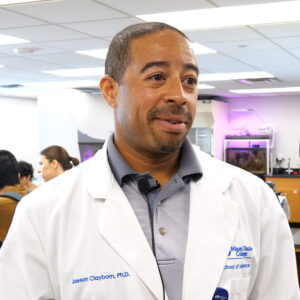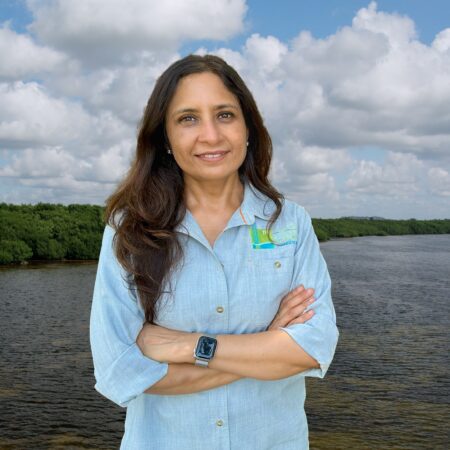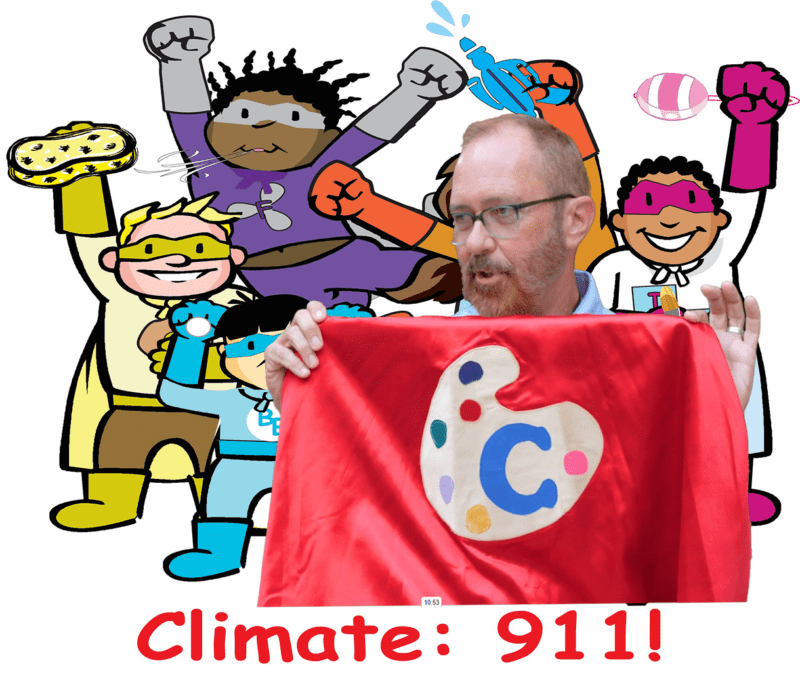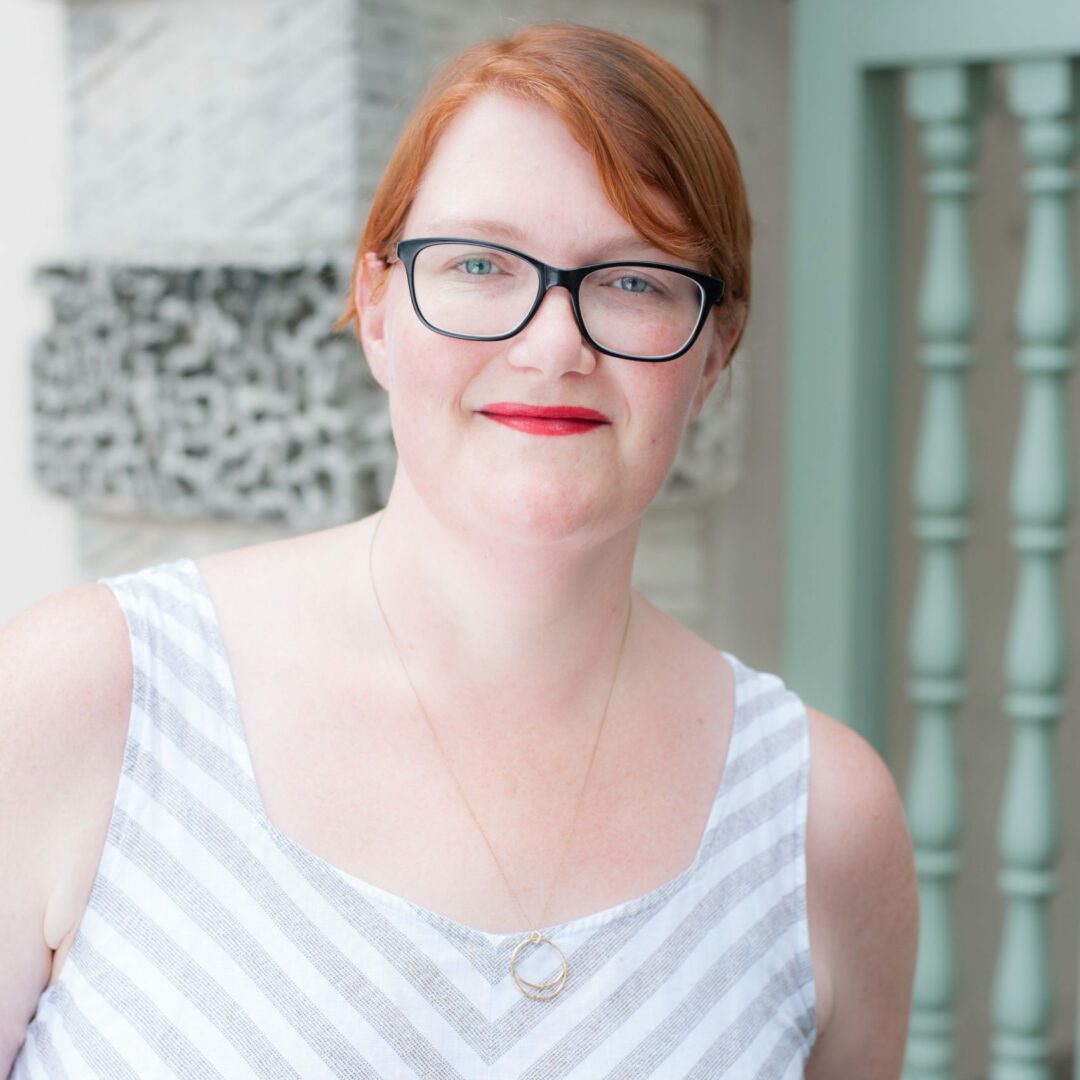TRANSCRIPT: (00:00)
Dr. Meryl Shriver Rice
I’m Dr. Meryl Shriver Rice. I’m at the University of Miami. I’m the director of environmental media. So digital anthropology is thinking about how culture is reflected through digital content. How do people use the internet, right? The internet doesn’t erase the culture that we live and breathe in and that we are made of, basically.
(00:21)
So I work a lot in internet spaces thinking about how people communicate about the environment, about landscape, about their social constructions of nature. So that’s the digital anthropology. On the environmental archeology side, I’m a trained paleoethnobotanist, which essentially if you break down paleoethno, paleo is old, ethno culture, botany plants.
(00:43)
So I look at ancient plant remains at archeological sites and how people may have used those plants. There’s a lot of agricultural work, but also thinking about maybe they used them as a drug, right, or medicinal uses. I have four degrees in four different things. And out of those four degrees, I arrived at a place where I ended up knowing I wanted to continue to do archeology.
(01:07)
And I work in pre-Roman Tuscany for my archeological work, and then I also have been working on basically digital media spaces for like a decade now. The environmental part was always there. One of my degrees is in biology and ecology, so I thought for a while I might be a field biologist or an entomologist because I love insects, but then I went a different direction looking at how humans lived in the landscape, so thousands of years ago in different places, and that led to my other environmental interests in media.
(01:39)
Yeah, right. So CHART is the Coastal Heritage at Risk Task Force. It is a consortium of people from all over Florida that started like 10 or 11 years ago, so it’s pretty old. It’s taken a long time to get to where it is today. A lot of cooperation across museums, universities, and also at the state level, city level, municipalities, state parks. And the recent iteration of CHART that we’re gonna be speaking about tonight was funded by the University of Miami’s U-LINK Award from the Resilience Academy.
(02:11)
And essentially we are looking at different sites that are not talked about, what we call the untold stories of Florida’s history, basically. And we are doing storytelling at those sites through an interactive app and podcasts, as well as other types of community-based research. Right now we’re telling the stories, working with community where we can. We work with a lot of different stakeholders and partners.
(02:39)
At Bill Baggs, we’re looking at the Saltwater Underground Railroad from Florida to The Bahamas. So we’ve worked with The Bahamas National Museum, we’ve also worked with Miami-Dade NAACP, and other sort of stakeholders that have acceptance. They basically approve different stages of the storytelling, including the Tribal Historic Preservation Office for the Seminoles. So the app will be for the general public, it’ll be free, and it will have basically storytelling at Bill Baggs about how people in many different waves over 300 years have traveled from Florida towards The Bahamas and other islands seeking refuge.
(03:19)
What people in The Bahamas called forced immigration, forced migration rather. So the lighthouse actually shut down the Saltwater Underground Railroad, sadly, because it became a place where, you know, colonial forces were actually stopping the movement of people. But prior to that, people made it to that tip, you know, Cape Florida, the tip of that area, and waited for boats to come and pick them up.



































